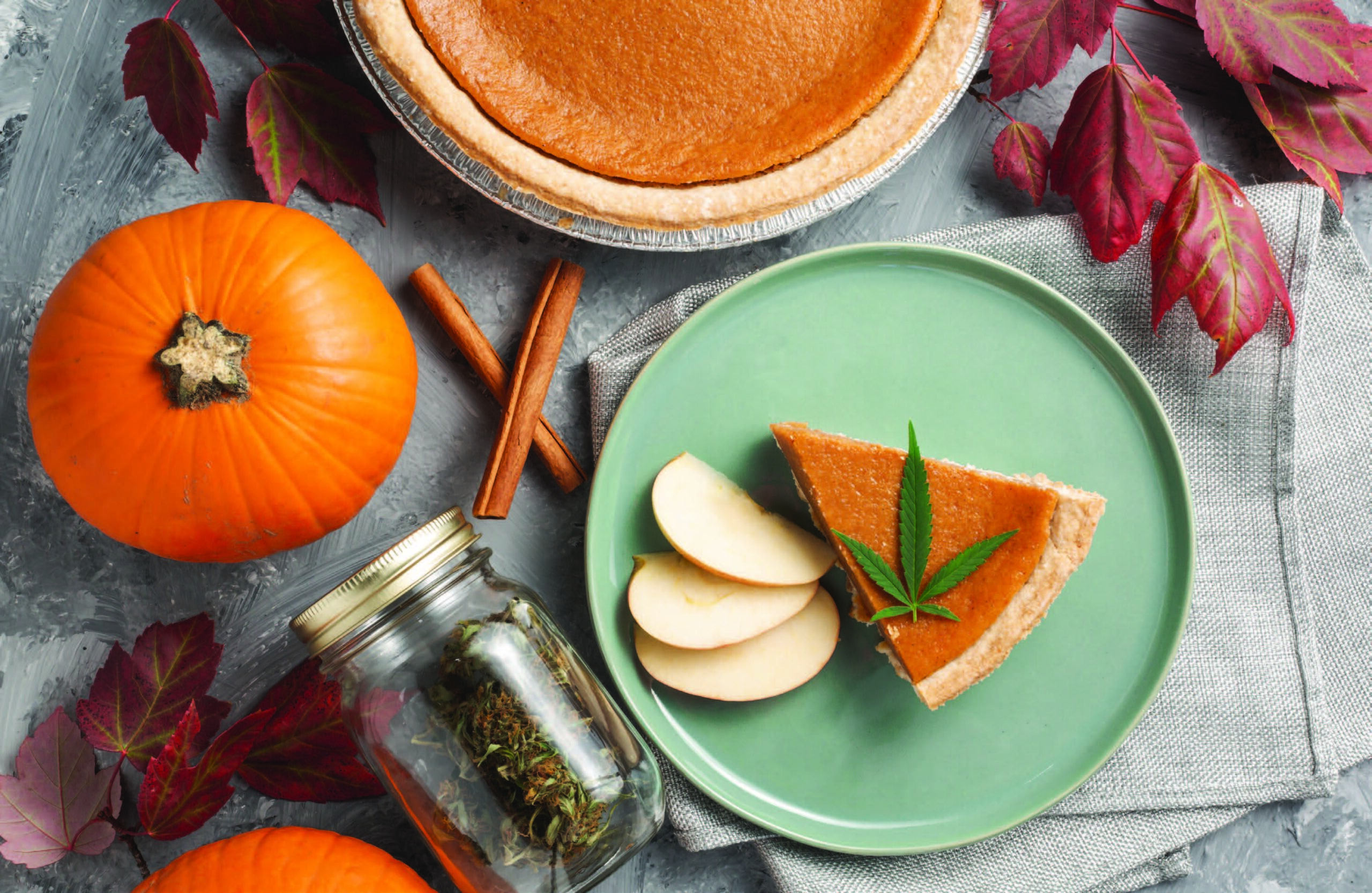As I’ve said before, sour beers are a huge trend in the beer world right now, and breweries are noticing the market and cranking them out. They come in all sorts of colors and flavors, you can buy them in cans and bottles, you can pay between two and 50 bucks for a bottle or can (though most are still in the high-end of that spectrum), some are hopped and some are not, some are barrel-aged and some are quick sours. But what’s the difference between a sour and a regular beer? How do we determine a quality sour from the massive amount of choices on the shelves?
Simply put, the difference between a “regular beer” and a “sour beer” is the pH, or how acidic the beer is. A typical lager or IPA will be a 4 to 4.5 on the pH scale, where a sour is 3 to 3.8. How the acid gets there is how I differentiate the rest of the sours.
The easiest way to get a beer to sour is to just dump lactic, citric or acetic acid right into the beer. There are no labeling restrictions on sour beers, so adding the acid right to the beer isn’t illegal or dangerous or anything else, especially because these are “natural” ingredients (lactic acid is in foods like yogurt and sour cream; citric acid is in citric fruits and acetic acid is in vinegar). This may raise an eyebrow, but I’ve met brewers who do this and the beer is drinkable and definitely passes for a decent sour if done well, but can come across as medicinal or sterile if done poorly. Is it ethical? Dubiously. Is it lazy? Definitely. Am I going to name names? No (unless you buy me a few rounds next time you see me out, then I’ll probably talk). These beers do not fit into any style category or beer-making tradition. If the brewer, bottle or can doesn’t say how it was soured, then it could very well be soured this way.
The next way beer is soured, and a category I’d call “quick sour,” is by introducing an acid producing bacteria or fungus (Relax: Yeast is a single-celled fungus used to make all beer.), typically lactobacillus (lacto for short), to the unfermented wort (basically the sugary water that turns into beer) for a few days until the wort reaches a nice sour pH. The acid-producing bugs are then taken out or neutralized through temperature, filtration, or “skimming,” then regular brewer’s yeast (saccharomyces or sacch) is introduced to finish the fermentation. Sometimes, the first part of the process happens solely in the kettle, and these are called “kettle sours.” Sometimes, this first part happens before the kettle, while the grain is still mixed in with the wort. This is called a “sour mash.” Sometimes, both lacto and sacch are pitched simultaneously, called “mixed fermentation.” The result of all of these methods is a beer that is noticeably sour with a bit of complexity coming from malts or adjuncts such as fruit, hops or spices. Beers that fit into this style include Goze (Go-Zuh), an East German beer style that is brewed with coriander and usually slightly salty (either naturally from the water source used for brewing, or added to fit the style) and Berliner Weisse. Both beers are lower ABV and traditionally served with flavored syrups added into the glass when poured. For a good example of each, I suggest The Kimmie, The Yink & The Holy Gose from Anderson Valley Brewing or Counter Clockweisse from Destihl Brewing.
The next way that I would classify sour beers, would be aged sours. These are sours that take months or years to reach their optimal level for drinking and packaging. The reason they take so long relies on two separate methods of souring/fermenting used in aged sours: wild or spontaneous fermentation and inoculating with slower yeasts/microflora than lacto or sacch, such as brettanomyces (brett) or pediococcus (pedio). The wild fermentation has its roots in Belgian Lambics, which are often fermented for a year before blending. There are a lot of American breweries making really awesome wild ales. Look for anything from Russian River, Jester King or Casey Blending and you’ll be drinking something of exceptional quality.
When it comes to the slow bugs, I really love what Avery Brewing is doing. Its Twenty Two is a 100 percent brett beer that I love. Normally, brett beers are a little too funky for my palate, as they can come across as earthy, musty or even a little like hot garbage, but Twenty Two is tart but balanced with just a tad bit of must.
Robert Alan Wendeborn puts the bubbles in the beer at Ska Brewing Co. His first book of poetry, The Blank Target, was published this past spring by The Lettered Streets Press and is available at Maria’s Bookshop. [email protected]













